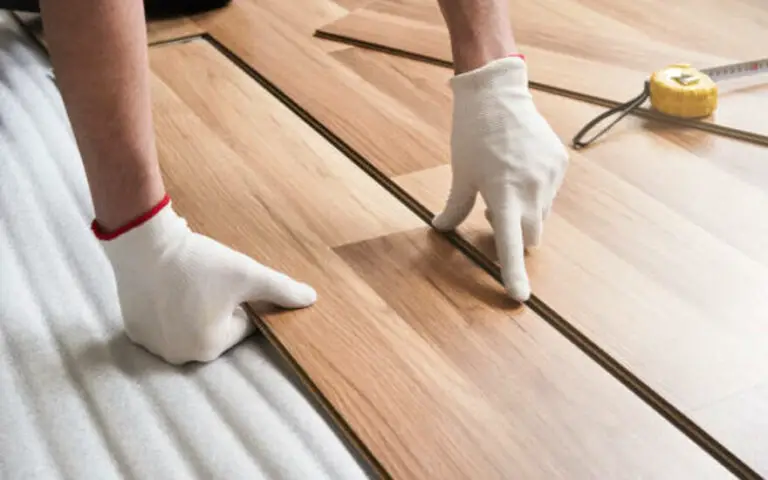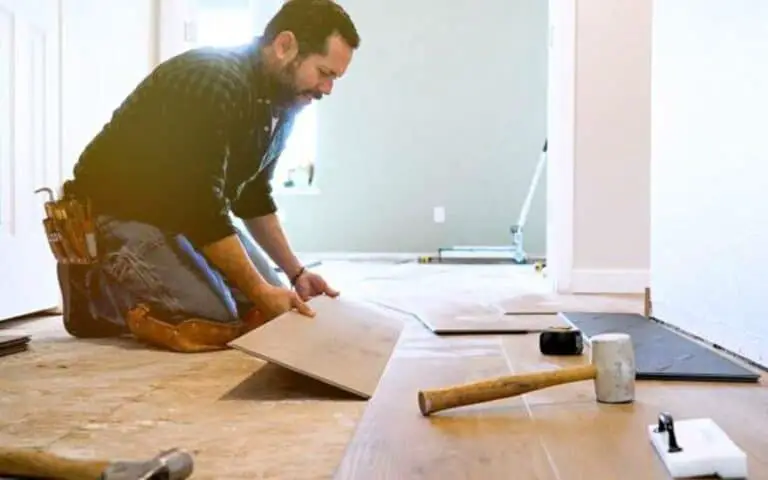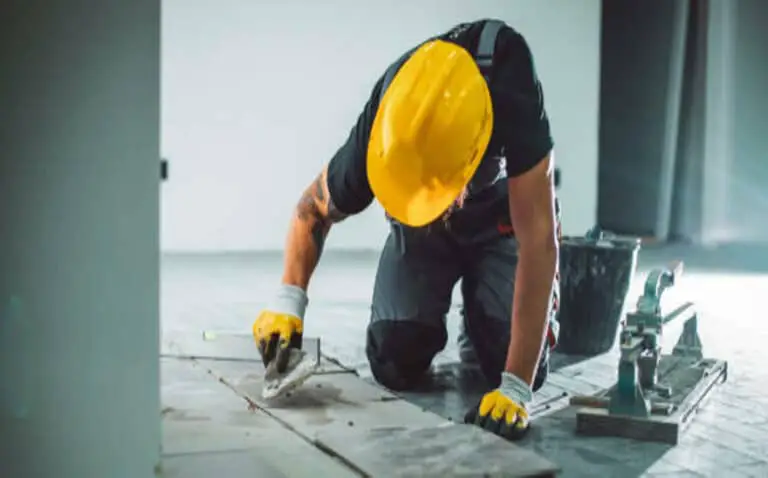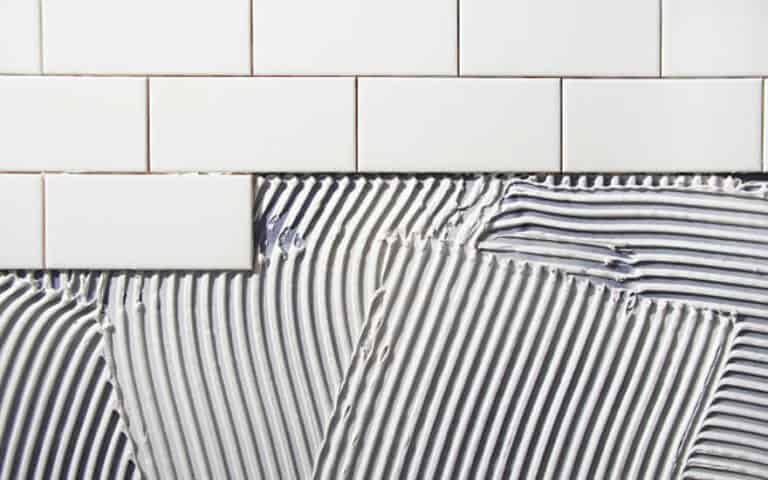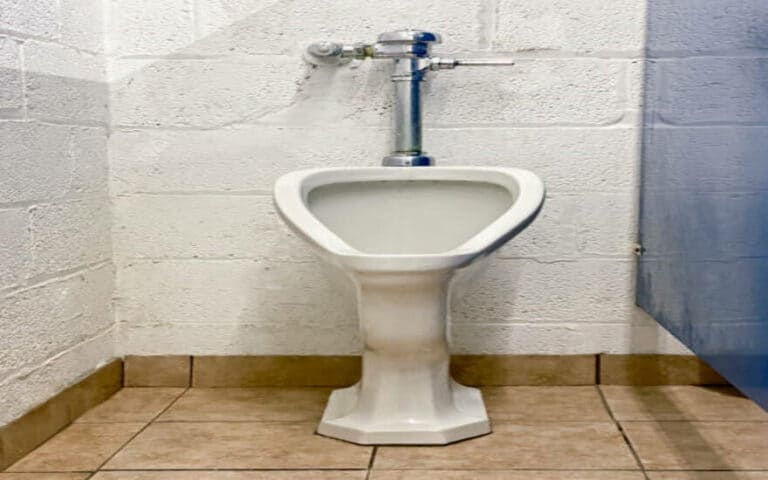Waterproofing a bathroom without removing tiles is an essential and often overlooked step in renovating or upgrading your bathroom. Not only does it help protect your walls, floor, and fixtures from water damage, but it also supports stopping mold and mildew from developing and makes your bathroom easier to clean and maintain. Here are the top 10 secrets to waterproofing a bathroom without removing tiles.
Why waterproofing A bathroom is essential?
Waterproofing your bathroom is an essential step in the process of renovating or upgrading your bathroom. Unfortunately, traditional waterproofing methods involve removing existing tiles, which can be difficult and time-consuming. Fortunately, there are ways to waterproof your bathroom without removing the existing tiles.
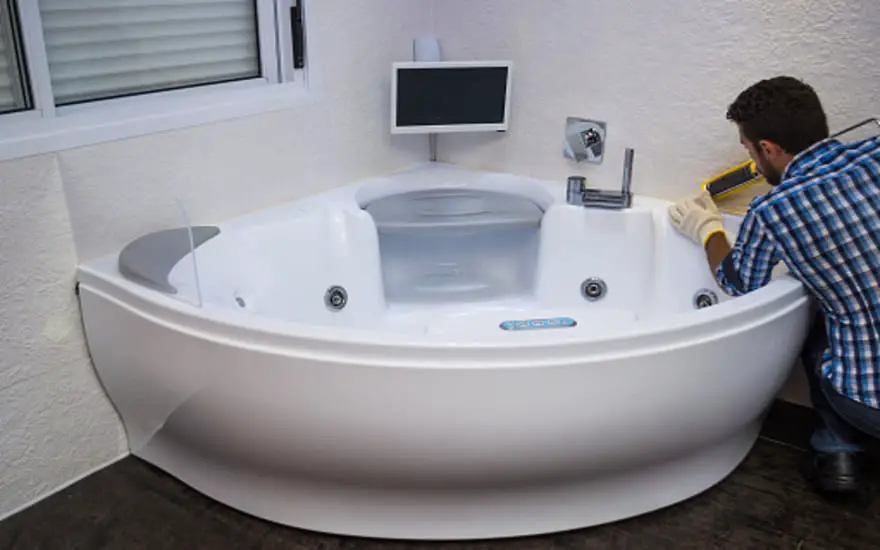
Top 10 secrets to waterproofing a bathroom without removing tiles
Invest in a good quality sealant
The first step in waterproofing your bathroom without removing tiles is to invest in a suitable quality sealant. A proper quality sealant will help prevent water and moisture from penetrating the walls and floor and help prevent mold and mildew from forming. A suitable adhesive should be easy to apply and strong enough to last several years.
Check for any existing damage
Before you begin the waterproofing process, it is essential to check for any existing damage to the walls or floor. This can include cracks, chips, or gaps in the tiles and any other signs of water damage. If you find any existing damage, it is essential to repair it before you begin waterproofing, as this will help to ensure that the waterproofing is effective.
a waterproof membrane
Using a waterproof membrane is another crucial step in waterproofing your bathroom without removing tiles. A waterproof membrane is an insubstantial coating of material applied to your bathroom’s walls and floor. It helps to prevent water and moisture from penetrating the walls and floor, as well as helping to prevent mold and mildew from forming.
water-resistant grout
Adding water-resistant grout is another crucial step in waterproofing your bathroom without removing tiles. A water-resistant grout helps to prevent water and moisture from penetrating the walls and floor, as well as helping to prevent mold and mildew from forming. Water-resistant grout is easy to apply and should last for several years.
Ventilate the bathroom
Ventilating your bathroom is another vital step in waterproofing your bathroom without removing tiles. Ventilation helps reduce the amount of moisture in your bathroom’s air, which helps prevent mold and mildew from forming. Additionally, ventilation helps to reduce the amount of condensation on your walls and floor, which can lead to water damage.
Install a shower tray
Installing a shower tray is another crucial step in waterproofing your bathroom without removing tiles. A shower tray helps to prevent water and moisture from penetrating the walls and floor, as well as helping to prevent mold and mildew from forming. Additionally, a shower tray helps to reduce the amount of condensation on your walls and floor, which can lead to water damage.
Use waterproof paint
Using waterproof paint is another crucial step in waterproofing your bathroom without removing tiles. Waterproof paint helps to prevent water and moisture from penetrating the walls and floor, as well as helping to prevent mold and mildew from forming. Additionally, waterproof paint helps to reduce the amount of condensation on your walls and floor, which can lead to water damage.
Use a waterproof sealant around the edges
Using a waterproof sealant around the edges of your tiles is another crucial step in waterproofing your bathroom without removing tiles. A waterproof sealant helps to prevent water and moisture from penetrating the walls and floor, as well as helping to prevent mold and mildew from forming. Additionally, a waterproof sealant helps reduce the condensation on your walls and floor, which can lead to water damage.
Use a waterproof sealant on all joints
Using a waterproof sealant on all joints is another crucial step in waterproofing your bathroom without removing tiles. A waterproof sealant helps to prevent water and moisture from penetrating the walls and floor, as well as helping to prevent mold and mildew from forming. Additionally, a waterproof sealant helps reduce the condensation on your walls and floor, which can lead to water damage.
Install an extractor fan
Installing an extractor fan is another crucial step in waterproofing your bathroom without removing tiles. An extractor fan helps to reduce the amount of moisture in the air in your bathroom, which helps to prevent mold and mildew from forming. Additionally, an extractor fan helps to reduce the amount of condensation on your walls and floor, which can lead to water damage.
DIY seal your shower or balcony without removing tiles
If you’re looking for a DIY solution to waterproof your bathroom or balcony without removing tiles, then you’re in luck. A few products on the market are designed to seal your shower or balcony without having to remove the existing tiles. These products are easy to apply and can help prevent water and moisture from penetrating the walls and floor.
Can you waterproof on top of them tiles?
Yes, you can waterproof on top of tiles. A few products on the market are designed to waterproof your bathroom without having to remove the existing tiles. These products are easy to apply and can help prevent water and moisture from penetrating the walls and floor.
Waterproof DIY toilet floor leaking without hacking? Step-by-Step Tutorial
Can I put peel-and-stick tiles over existing tiles?
Yes, you can put peel-and-stick tiles over existing tiles. Peel and stick tiles are a great way to update the look of your bathroom without having to remove the existing tiles. Additionally, these tiles are easy to install and can help waterproof your bathroom, as they are designed to be water-resistant.
Can bathroom tiles be painted?
Yes, bathroom tiles can be painted. Painting your bathroom tiles is a great way to update the look of your bathroom without having to remove the existing tiles. Also, painting your bathroom tiles can help waterproof them, as long as you use waterproof paint.
How To Fix A bathroom Leakage without removing tiles?
If you’re experiencing a bathroom leak without removing tiles, then using a waterproof sealant is the best way to fix it. A waterproof adhesive can be applied to the tiles and grout to help prevent water and moisture from penetrating the walls and floor. Additionally, a waterproof sealant can help to prevent mold and mildew from forming.
Water Damage Bathroom Floor Repair – Fixing Hidden Water Damage
How long does reglazing tile last?
Reglazing tiles can last for several years, depending on the quality of the reglazing product used. Generally speaking, reglazing products are designed to be solid and durable, and they can help waterproof your bathroom and protect the tiles from water damage.
Wrap Up
Waterproofing your bathroom without removing tiles is a great way to save time and money while protecting your bathroom from water damage. There are a few tips and tricks that can make waterproofing your bathroom without removing tiles much easier. Here are the top 10 secrets to waterproofing a bathroom without removing tiles: invest in a suitable quality sealant, check for any existing damage, use a waterproof membrane, add a water-resistant grout, ventilate the bathroom, install a shower tray, use a waterproof paint, use a waterproof sealant around the edges, use a waterproof sealant on all joints, and establish an extractor fan.

